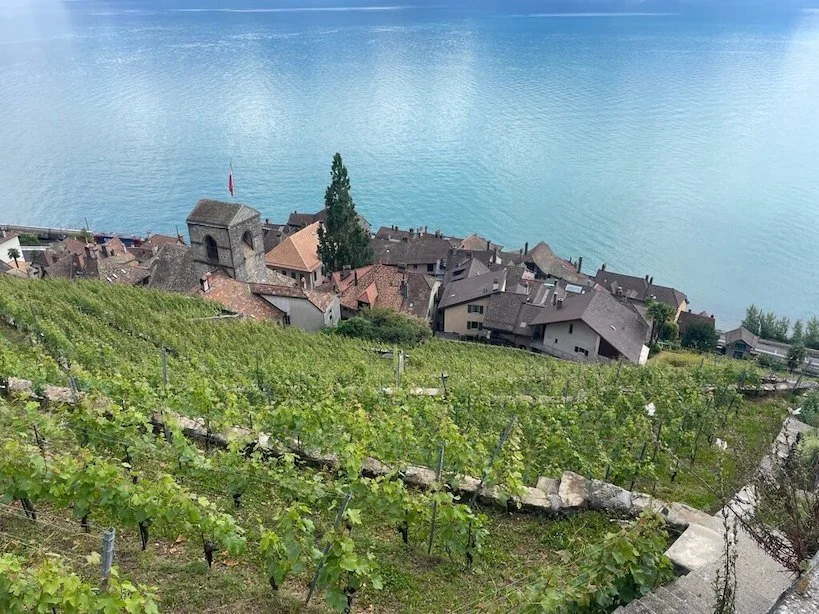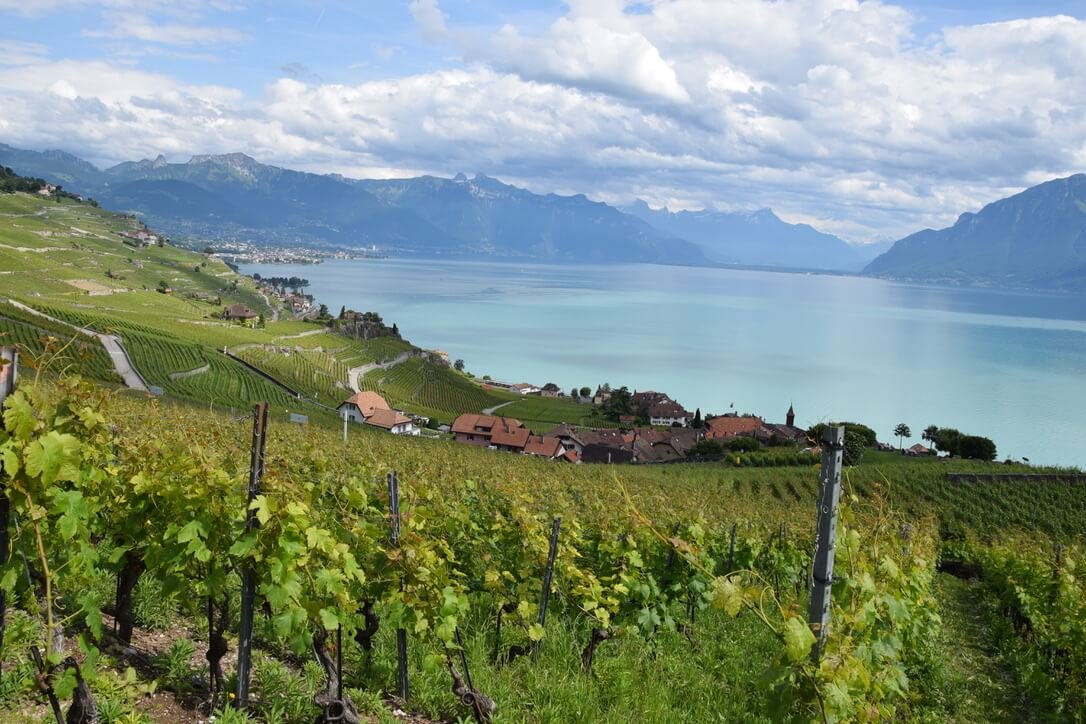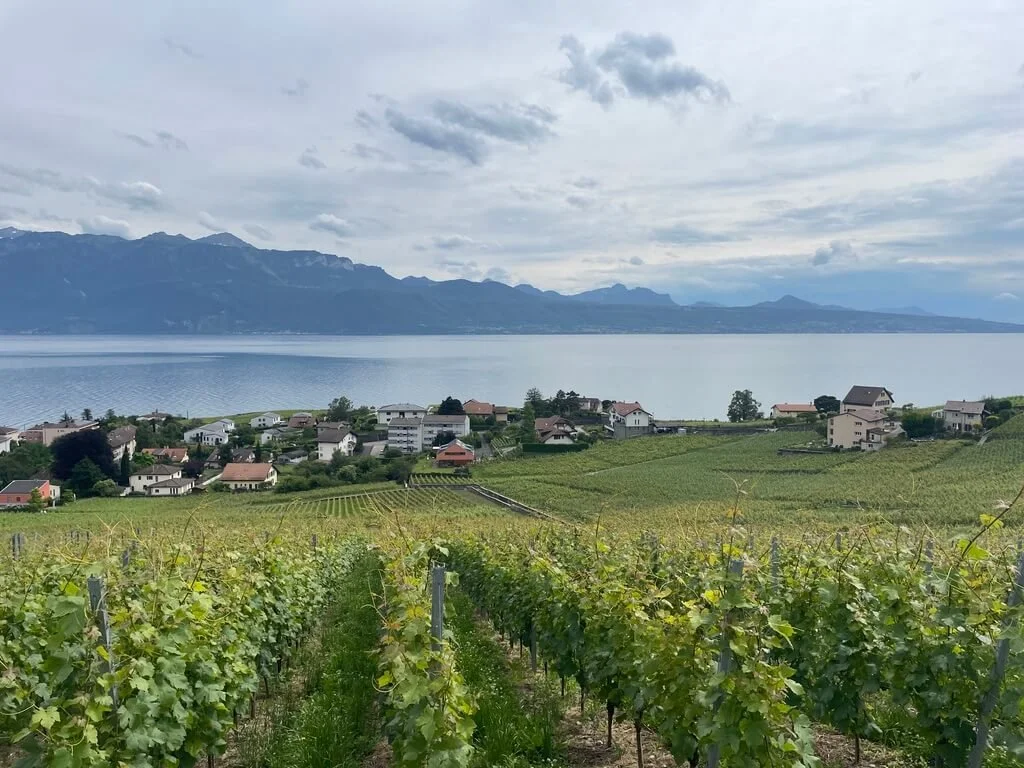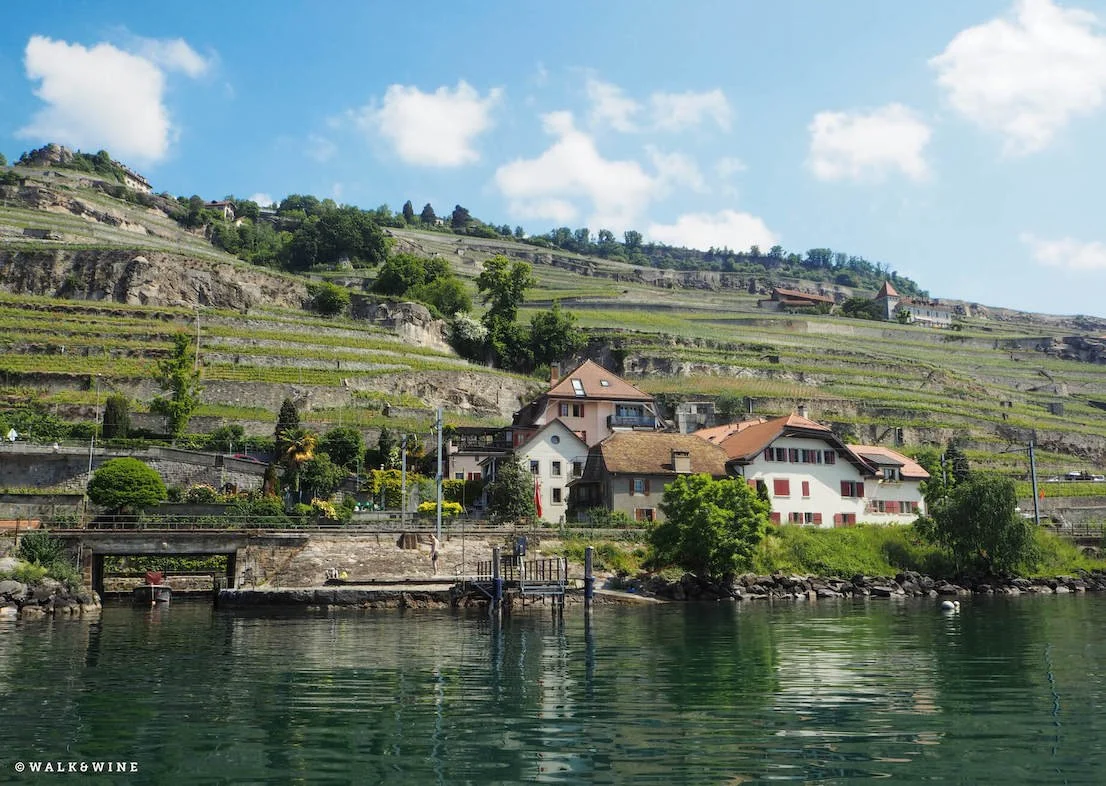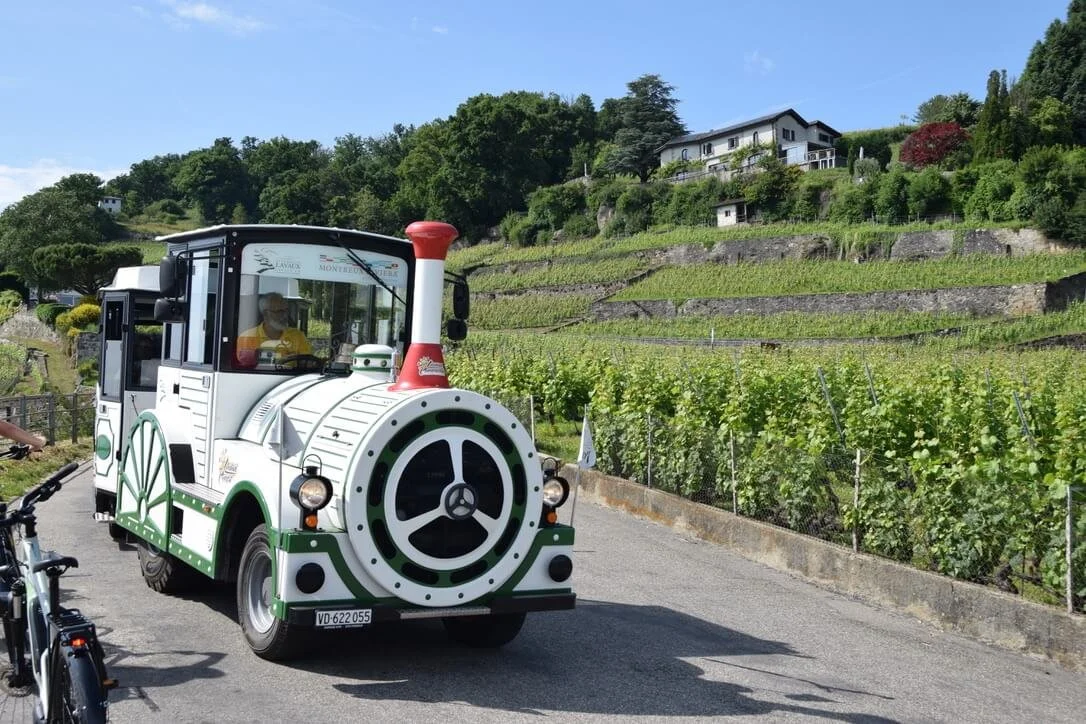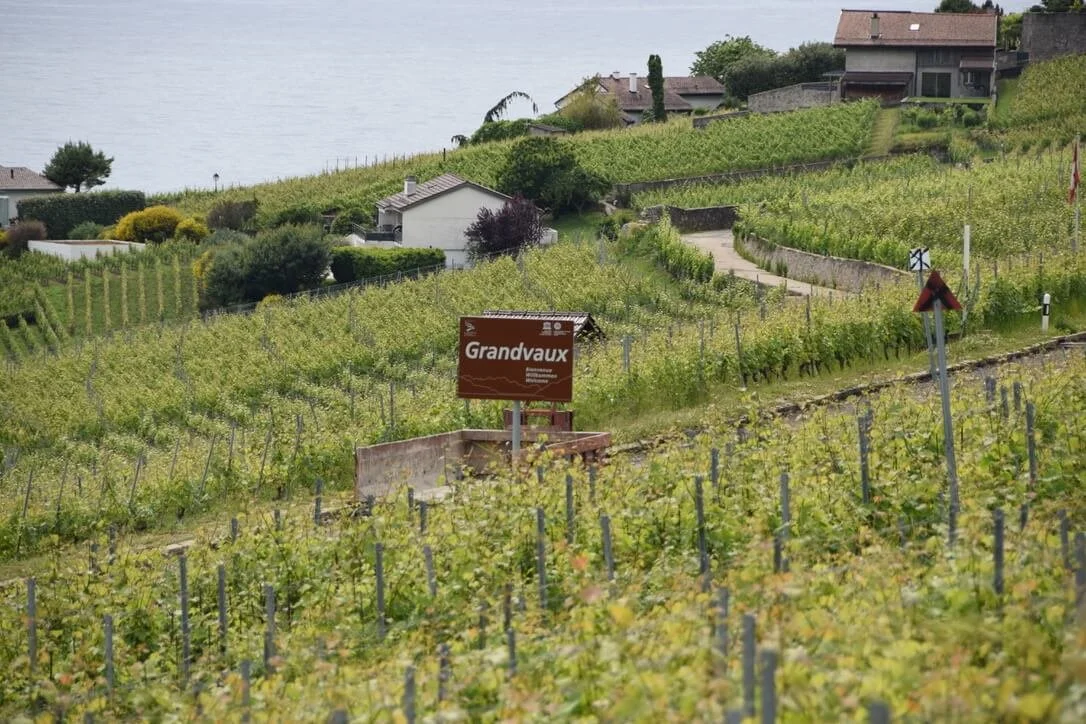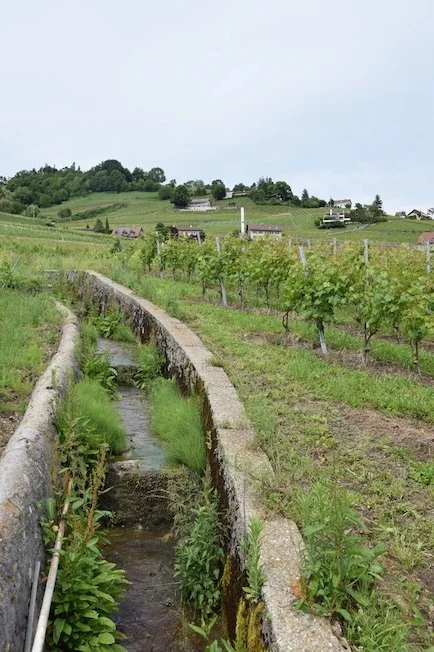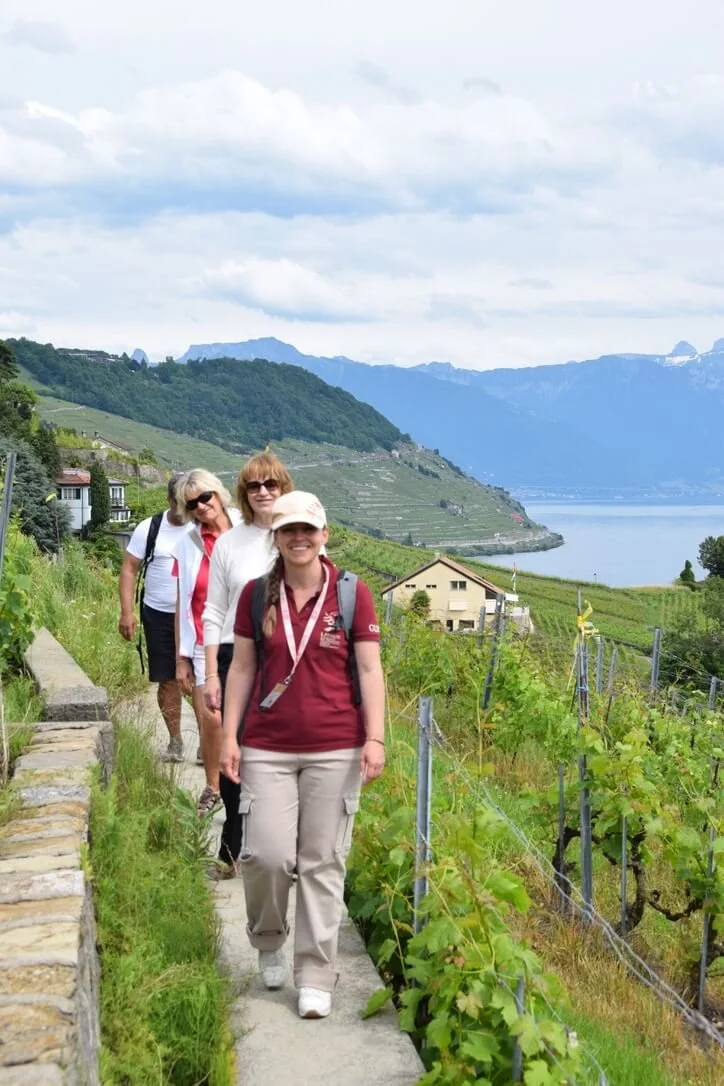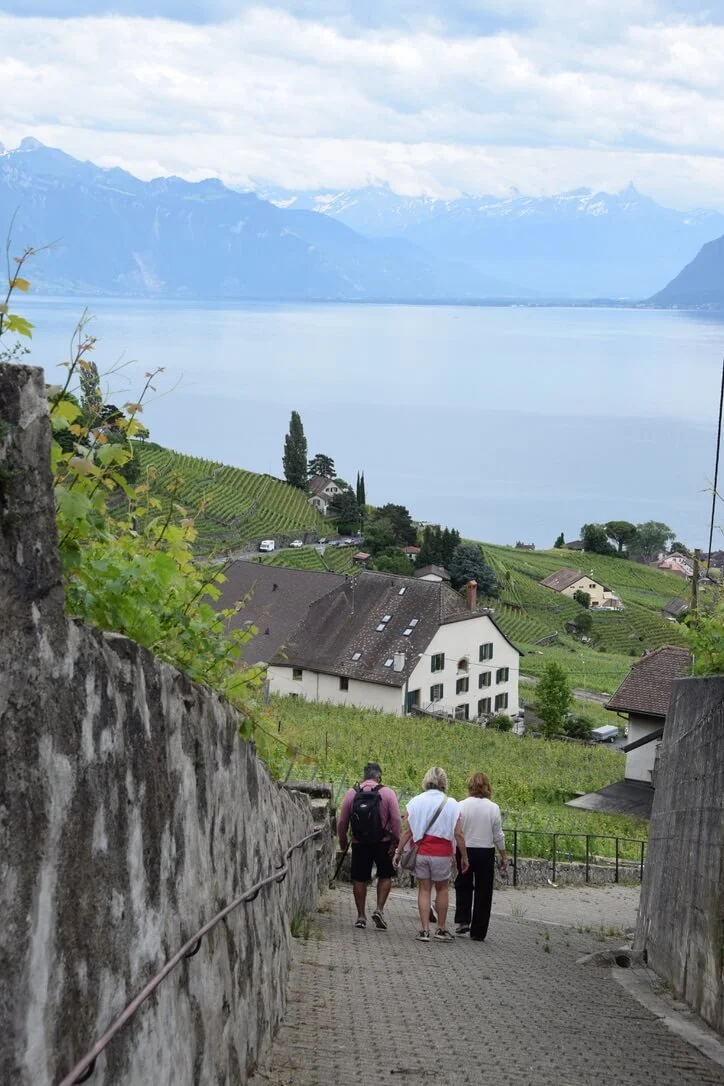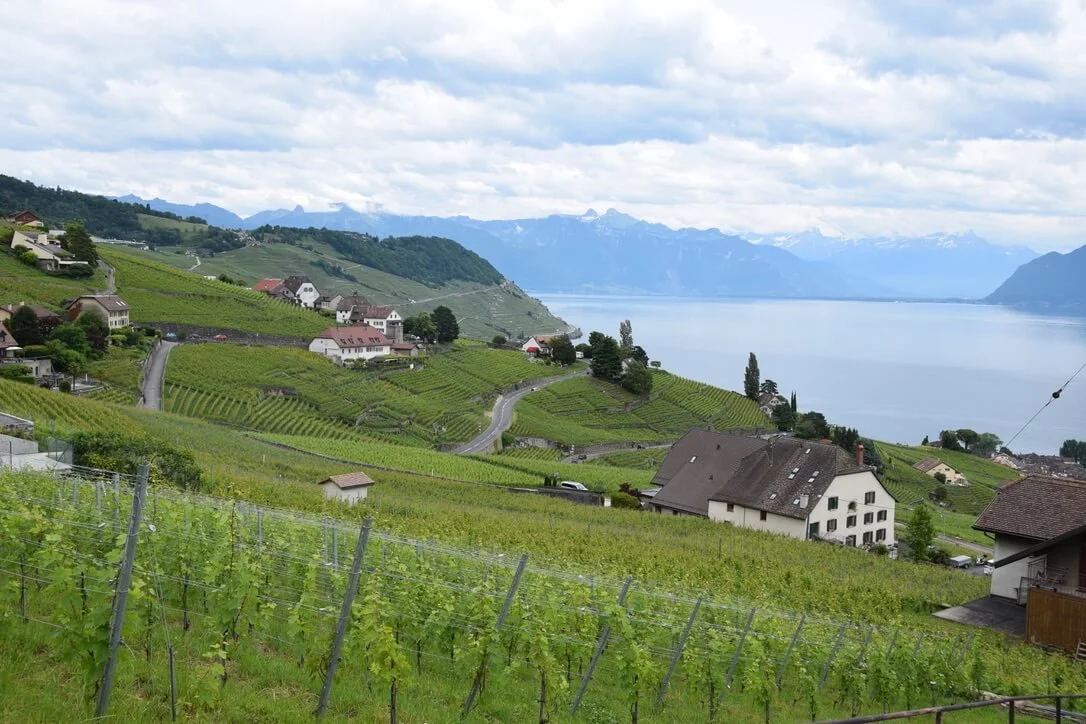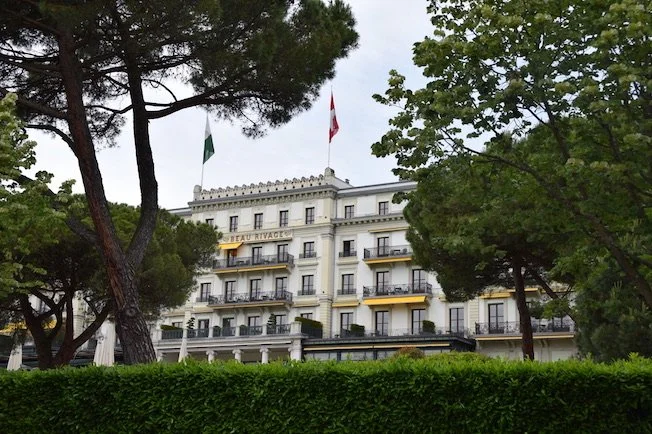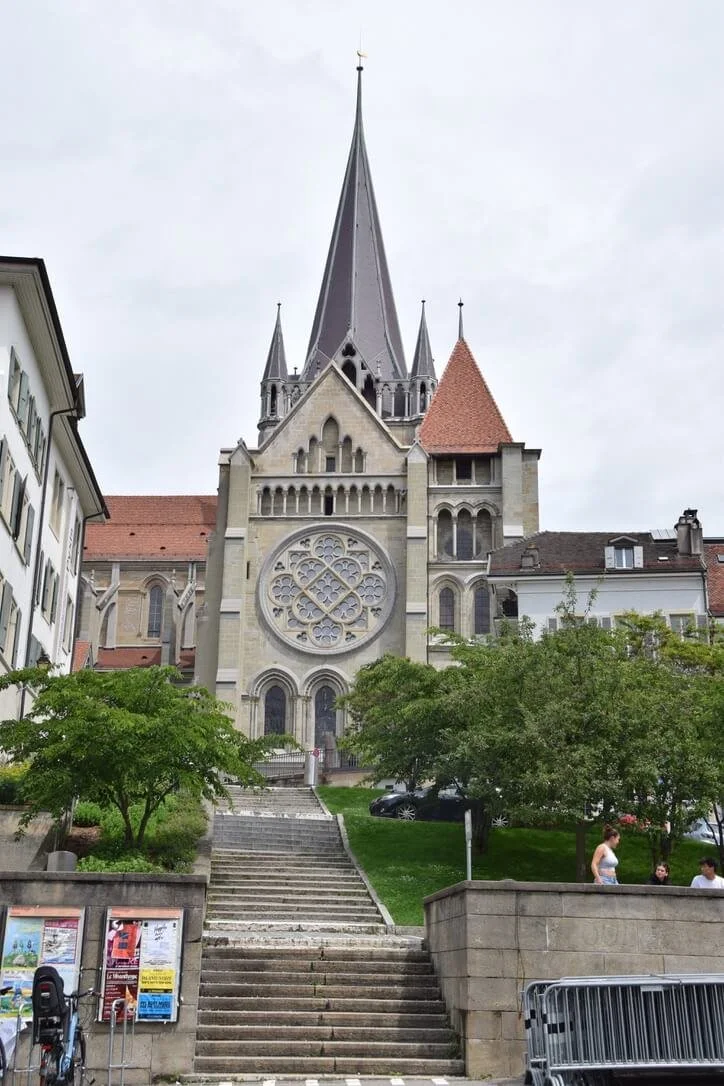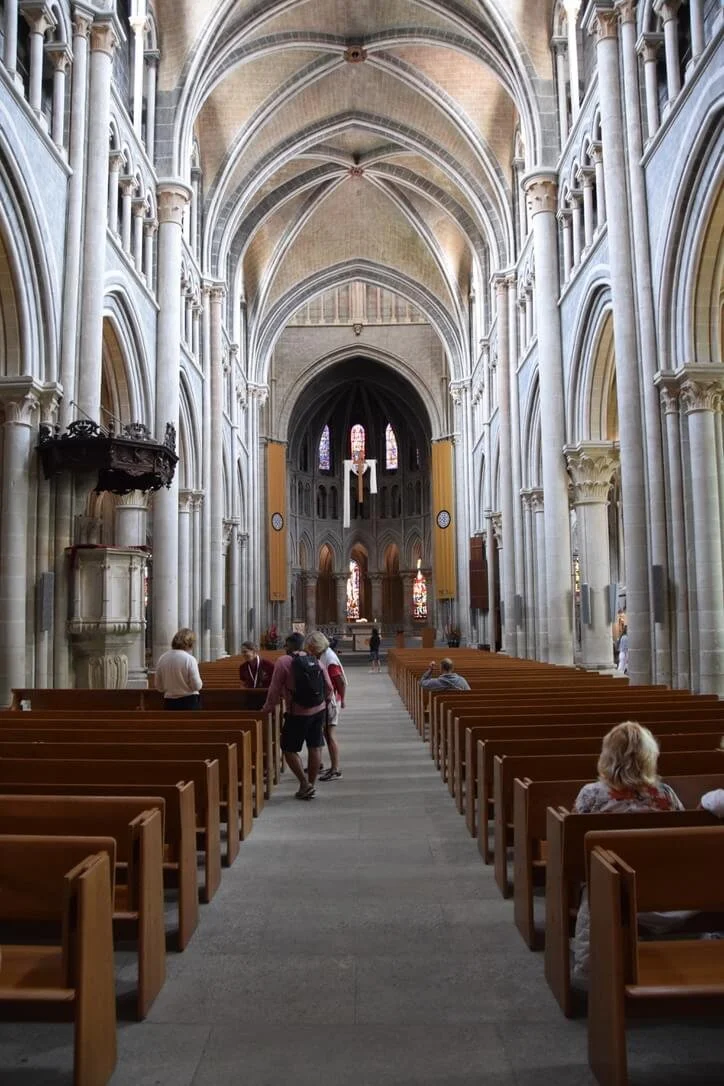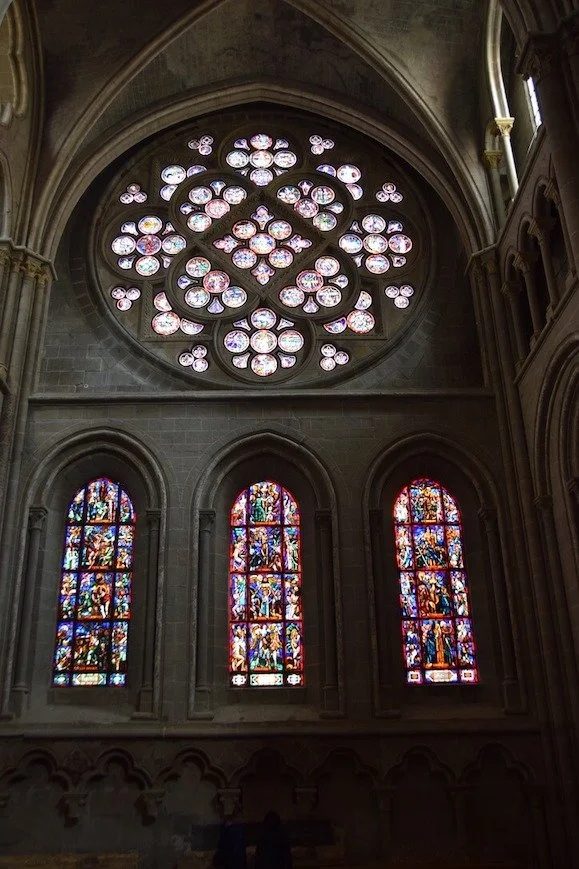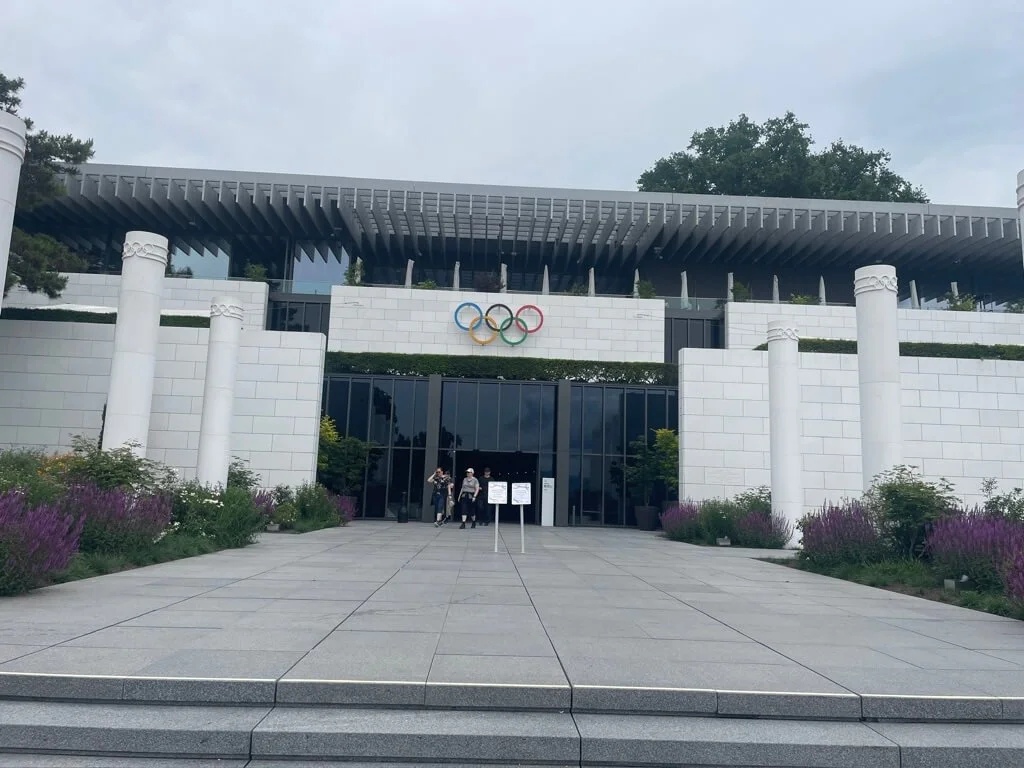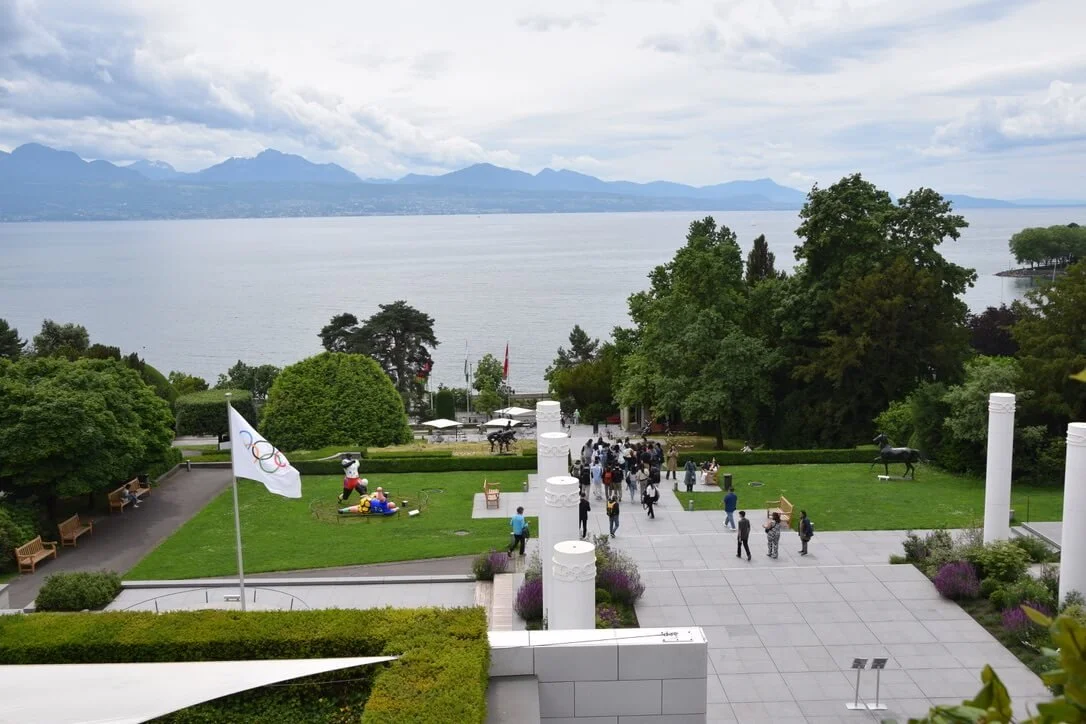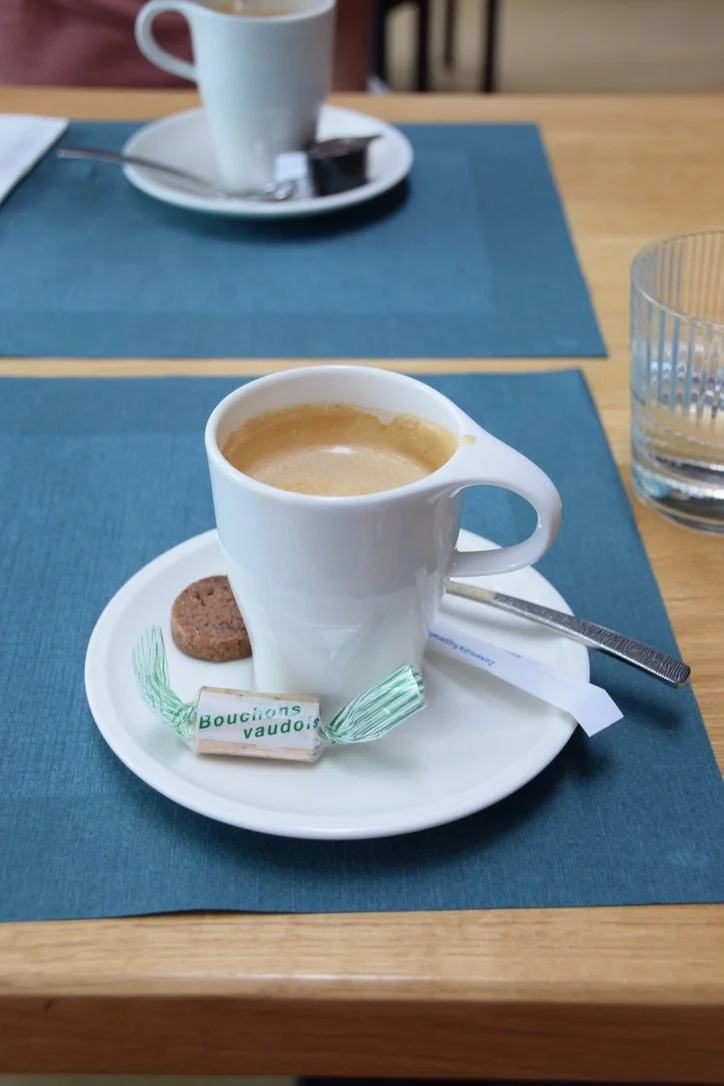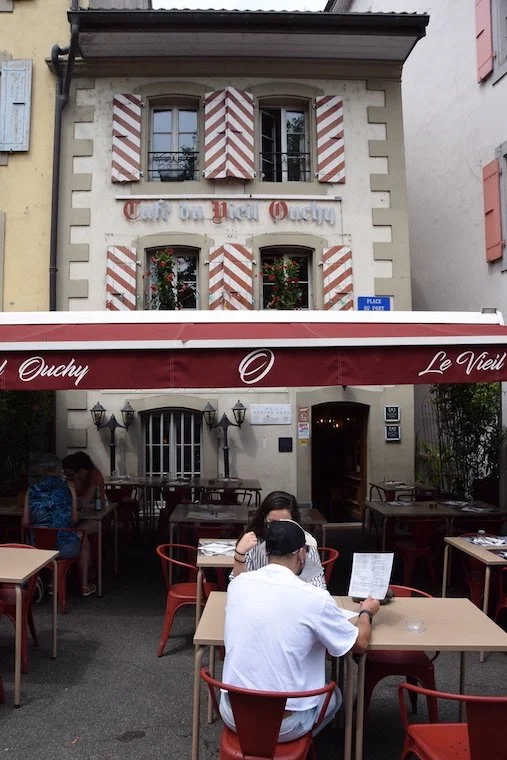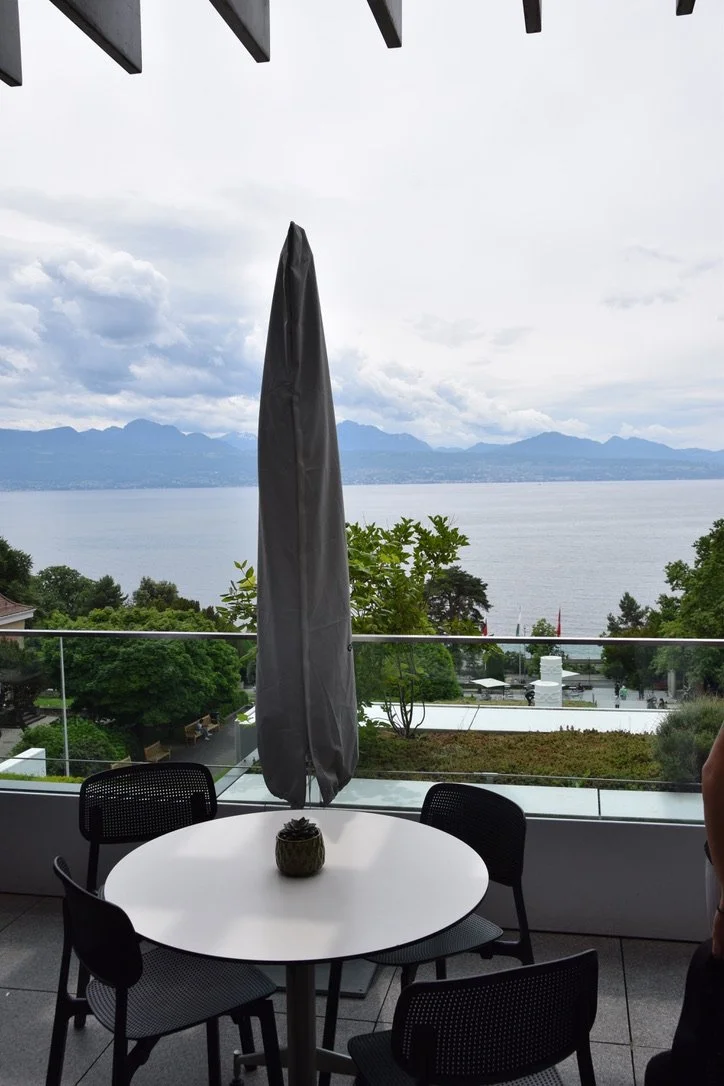Discover the famous Lavaux vineyards on Lake Geneva Switzerland
We experience a Lavaux Vineyards walk on the shores of Lake Geneva and discover for ourselves why Lavaux is a UNESCO World Heritage Site
The incredible Lavaux vineyards on the shores of Lake Geneva
The Lavaux vineyards on the north shore of Lake Geneva Switzerland are 1 of the 6 wine regions which make up the wine canton of Vaud and Lavaux is seen as the jewel in the Vaud crown. The dramatic beauty of the site of the Lavaux vineyards, clinging to impossibly steep slopes, laid out on terraces, in small parcels segregated by historic stone walls, overlooking stunning Lake Geneva and the Alps, is the main attraction for visitors, but there’s much more to Lavaux than the setting.
So we were understandably delighted to join a Lavaux vineyards walk to discover these spectacular UNESCO World Heritage Site vineyards, led by professional heritage guide, Laika Collinassi Michot from Walk & Wine.
Laika also took time out to share with us her intimate knowledge of the beautiful city of Lausanne and its cultural and historic sights.
The world-famous UNESCO World Heritage Site Lavaux Vineyard Terraces - source: Winekeller
The Lavaux vineyards
The 760 hectares of steep terraced vineyards in the Lavaux wine region, located between Lausanne and Montreux, are truly spectacular and are a must visit for all wine lovers and wine enthusiasts.
The panoramic site and views are incredible, but what is most fascinating is how Nature and Man have worked in harmony over the last almost 1,000 years to create this unique landscape.
The history of the Lavaux vineyards
Over 15,000 years ago the huge Rhône glacier gradually retreated, leaving in its wake the Rhône Valley, Lake Geneva and its steep slopes.
Lavaux meaning:
Lavaux means ‘the valley’ and today it represents the Lavaux appellation reserved for wine produced in the Lavaux vineyards.
In the 12th century Cistercian monks cleared the hillsides and built miles of stone walls to form terraces and here they started to cultivate vines. Over the centuries the work to protect and strengthen this unique and historic site has continued, with the local villagers and winegrowers working to preserve the landscape, its buildings, its pathways, the ancestral winemaking techniques and the traditional way of life here.
The wine produced in Lavaux was and still remains highly valuable to the way of life and the economy in the region.
Why is Lavaux UNESCO?
The famous Lavaux dry stone walls and terraces built by monks in the 12th century - source: Winekeller
Lavaux, Vineyard Terraces was listed as a protected UNESCO World Heritage Site in 2007 as a cultural, living landscape, demonstrating the combined works of Man and Nature over a significant period of time and history. In this context Lavaux can be compared to the great vineyards of Portugal's Douro and Austria’s Wachau wine regions.
A significant element of this amazing cultural living landscape is the 450 kms network of stone walls, built initially by the Cistercian monks, which form the 10,000 Lavaux vineyard terraces. These walls are a unique part of the region’s history but they face a constant threat of damage and the work to repair and maintain these walls is an ongoing priority.
Lavaux wine
Lavaux is also the birthplace of great white wines, particularly Chasselas wines, the region's emblematic grape variety. The Lavaux Chasselas wines produced here are elegant with lots of finesse and minerality.
The Lavaux soil is made up of mostly clay, limestone, and different minerals, but in addition to the soil, the climate and especially the warmth generated by the sun has an enormous impact on the wine, helping to ripen the grapes and balance the wines.
The 3 suns of Lavaux
The terraced slopes of Lavaux benefit hugely from the sun, but in 3 different ways: the sun itself, its reflection on Lake Geneva and the sun’s heat stored in the dry stone walls which warms the grapes during the day and the night.
Crucially, the soil, slope, climate, and biodiversity vary from one location to another, resulting in a great diversity of terroirs across the Lavaux vineyard. Each individual terroir and geographical location therefore produces a different flavour and style of wine. So although the majority of Lavaux wines are made from the local white Chasselas grape, there are lots of different Lavaux Chasselas wines to discover.
Also grown here, with growing popularity is an old local red grape, called Plant Robert. Saved from extinction in 1966 it has become a symbol of Lavaux and is only grown in this wine region.
Lavaux Chasselas
Some 30 grape varieties are grown in Lavaux, but Chasselas represents 75% of all vines planted. Originating in the Lake Geneva region, Chasselas is one of the oldest grape varieties in the world. An important aspect of the Chasselas grape variety is that it ages well, developing honey and beeswax flavours, with strong floral notes.
Lavaux appellations and sites
The Lavaux AOC/appellation covers the whole vineyard site, but contained within this are 2 additional and prized Grand Cru AOCs:
Calamin Grand Cru AOC - a 16 hectares plot in the village of Epesses, which produces some of Switzerland’s finest wines.
Dézaley Grand Cru AOC - a 54 hectares plot at the heart of the Lavaux wine region, producing wines with a smoky character and aromas of almonds, honey and caramel - known for its incredibly steep slopes.
In addition there are 6 other Lavaux sites: Lutry, Villette, Epesses, Saint Saphorin, Chardonne and Vevey-Montreux.
Our Lavaux vineyards walk
Our Lavaux vineyard walk with Walk & Wine
Without doubt, the best way to experience this incredible wine region is to walk amongst the vines, along the network of pathways and marked educational trails. Not only do you get to experience the incredible views, you really get to appreciate the region’s history and heritage and see first hand the incredible work involved in maintaining the miles of stone walls and terraces.
As well as walk through the vineyards, you can wander into one of the small villages and experience a Lavaux wine tasting - meeting winegrowers and tasting the local Chasselas wines. There is even a little tourist train to help you navigate the steep slopes! Note - you need to wear sturdy, comfortable shoes as these vineyards are indeed steep and in places quite stony!
Getting to Lavaux
Our Lavaux vineyards walk and Lavaux wine tasting actually started in the beautiful city of Lausanne, where Laika from Walk & Wine met us and joined us on the 10 minutes train journey from Lausanne’s rail station to the village of Grandvaux in the heart of the Lavaux vineyards.
We then proceeded to walk through the vineyards, admiring the incredible views and marvelling at the workmanship involved in maintaining these historic terraces. Laika’s knowledge of the region and its history and traditions was extremely impressive and her stories of the work of the winemakers to tend the vines and terraces in such a challenging environment were both educational and fascinating.
Laika pointed out the network of paths criss-crossing the vineyards, the steep stone steps used to access the terraces, the ‘coulisses’ or ‘gutters’ which serve to drain water from the steep slopes without damaging the vines and the small ‘capites’, made of stone or wood, which are still used today to store tools.
Our Lavaux wine tasting
After traversing the vineyards we walked into the village of Grandvaux and entered the small wine cellar of local family winemaker Cave J & A Joly.
The Joly family is typical of Lavaux winemakers - a hard-working family, passionate about Vaud, Lavaux and their role in it, managing just a few hectares of vineyards, producing a variety of artisan wines which reflect the different terroirs across Lavaux.
After an introduction in the small wine cellar we transferred to a beautiful spot across the road where we sat and enjoyed a range of wines and some local cheese, sausage and bread. With the amazing view over Lake Geneva it was a fitting end to a wonderful afternoon and incredible wine experience.
You can read about the Lavaux wine heritage and tradition, but there is no substitute for experiencing it first-hand in the vineyards and through meeting the local, hard-working people who keep the heritage alive.
Lausanne - Switzerland’s Great Wine Capital
Just 10 minutes away from the historic Lavaux vineyards, we recommend you stay in the beautiful Olympic City Lausanne and take the opportunity to explore this great city.
Where to stay in Lausanne
Lausanne offers a broad range of accommodation options and there are some beautiful world-class hotels including the Hotel Royal Savoy and the Beau Rivage Palace. We stayed in the Carlton Lausanne Boutique Hotel which was perfectly located between the Ouchy district Lake Geneva, the old town La Cité, the urban Flon district and Lausanne rail station. It was also located directly next to a Metro station which was really handy.
Things to do in Lausanne
We were fortunate to be introduced to Lausanne by our Walk & Wine professional guide, Laika - here are some of our highlights!
Laika started the tour by taking us on the metro to The Flon, the beating heart of the modern, vibrant city. From here we walked up to Palud Square, the sight of the twice weekly market and home to the town’s oldest fountain and then onto La Cité on the hill where you can enjoy incredible views across Lausanne and on to Lake Geneva.
At the heart of La Cité is the magnificent gothic Cathedral of Lausanne which has towered over the city for more than 8 centuries and is really worth visiting, for its stunning architecture and fascinating symbols.
We then headed to the city’s world-famous Olympic Museum, with its permanent and temporary exhibitions dedicated to the Olympic Games - this is a must-visit attraction and is located close to Lake Geneva with access to the busy, thriving waterfront (note this is also a fab place for brunch or lunch with its gourmet menu and rooftop terrace with probably the best panoramic views in Lausanne!)
The Ouchy district is made up of several lovely parks and lakeside quays - a great spot for enjoying a meal, drink or ice cream and a lakeside stroll.This is also where you embark from for a Lake Geneva boat cruise - something else we highly recommend!
Eating and drinking in Lausanne
There are endless opportunities to enjoy a unique culinary experience in Lausanne, whatever the time of day. See here for inspiration!
We particularly enjoyed the Lacustre bar and restaurant in Ouchy, with great views over Lake Geneva and excellent pizzas; Le Barbare - a Lausanne institution located at the foot of the steps up to the cathedral, where we can especially recommend the ‘Marta hot chocolate’; Le Vieil Ouchy on the shores of Lake Geneva, a great restaurant for traditional Swiss dishes, with a friendly, convivial atmosphere.
Planning your trip to Lausanne
We highly recommend visiting the official Lausanne Tourism website to help plan your visit, including how best to get around in Lausanne including the Lausanne Transport Card and ideas of what to see and do.
For everything you need to know about visiting Lausanne see here and make sure you check out the tourism office when you arrive in the city!
We hope you’ve enjoyed reading about our experience discovering the Lavaux vineyards with tour company, Walk & Wine - and we can highly recommend you contacting them to arrange your own Lavaux vineyards walking tour - or indeed if you’re fascinated by gothic architecture, to arrange a tour of Lausanne’s beautiful cathedral - and they can also arrange hiking tours in the region too!
Contact Walk & Wine direct or of course you can contact us for more information to help you plan a trip to Lavaux, Lausanne and Lake Geneva!
Conclusion and personal highlights
We were so excited to discover the UNESCO Lavaux Vineyard Terraces and we weren’t disappointed! Walking through the vineyards enables you to really appreciate the spectacular natural beauty of this special wine region as well as the passion, dedication and pride of the local people to protect and develop it.

